Good Vibrations. Reverse Engineering A Vintage Turntable Foot.
Most audiophiles say that there is something warmer, richer, and better to the sound a vinyl record reproduces. Especially compared to modern digital media. Not having listened to an album since I was young, I figured it was time to see what all the talk was about. I asked my father (long time high-end audio enthusiast) to get out his vintage 1973 JVC VL-5 turntable so we could give it a listen.

Note: This picture is post installation of the new feet.
After all these years in storage the turntable was in great shape. Everything worked perfectly except for the vibration isolating rubber feet. Out of the four feet, three had the material break down. Leaving them brittle and cracking with large sections missing or crumbling. Obviously this was not good news as the turntable needs to sit level when in use.
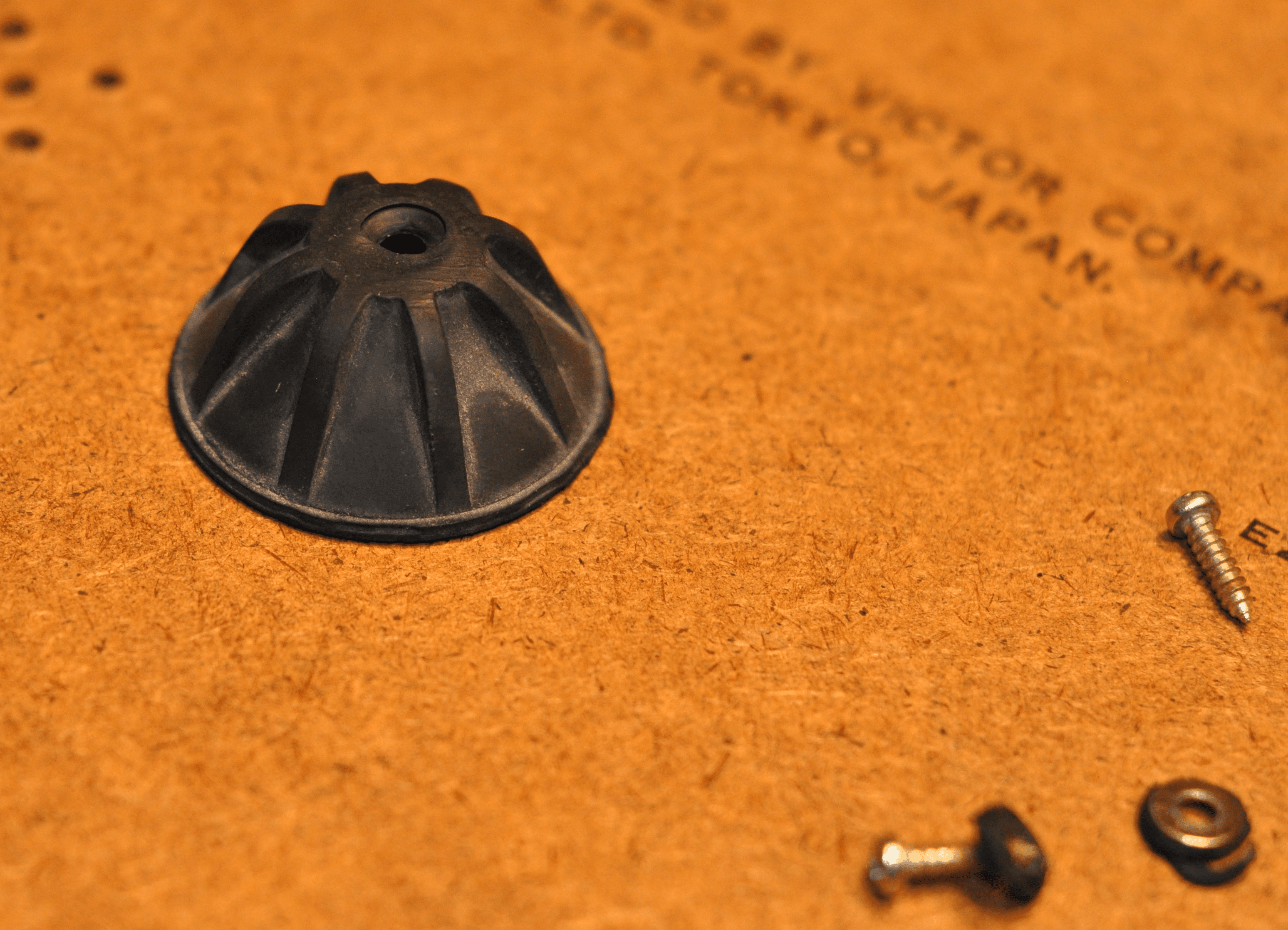
I searched the internet for replacements but could not find any that were suitable. The next step was to make our own. Using SOLIDWORKS my father designed a new set of feet for the turntable. After a few design iterations, the new feet were a little more stout than the originals. Thanks to SOLIDWORKS SImulation the new feet exhibited the mechanical properties we desired.
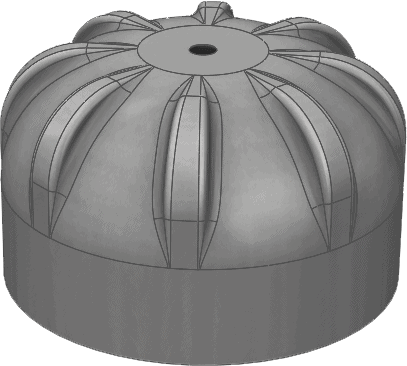
We did not know the type of rubber used in the original foot. This was not a problem as we used Simulation Premium and the Nonlinear material models to determine a relative stiffness. By physically testing the original foot under a 2.5 lb. vertical load we measured a 0.1 in. displacement. Using Simulation and varying the material properties we found that a Shore Value of 70, gave a 0.095 in.corresponding vertical displacement. Feeling confident in the design the next step was to test for vibrational characteristics.

The turntable operates at 33 1/3, and 45 RPM. This equates to 0.556, and 0.75 Hz respectively. SOLIDWORKS Simulation Professional made it possible to test the resonant frequency of the design. The analysis results predicted the lowest resonant frequency at 16.32 Hz. Well above the induced vibration due to the turning motor and drive mechanism, and lower than the 20,000-20 Hz most receivers output.
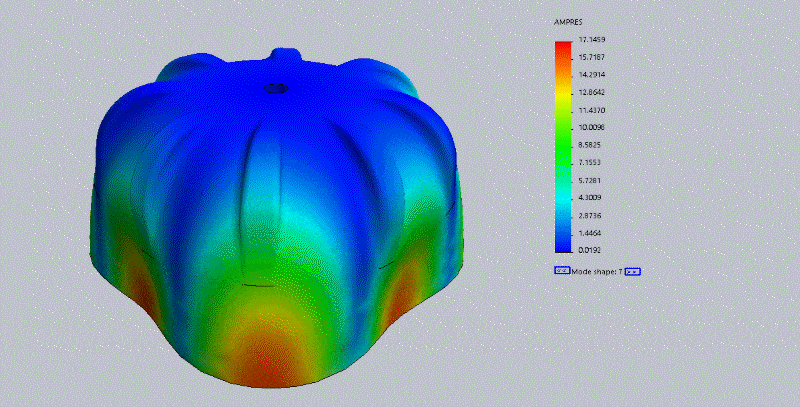
Next I turned to the experts on 3DVISION’s print team. Chad and John pointed me to the Stratasys Polyjet line of printers and delivered an amazing print. The Polyjet printed a 70 Shore value model that behaved just like we expected. Not only did the print physically work it looked great too.
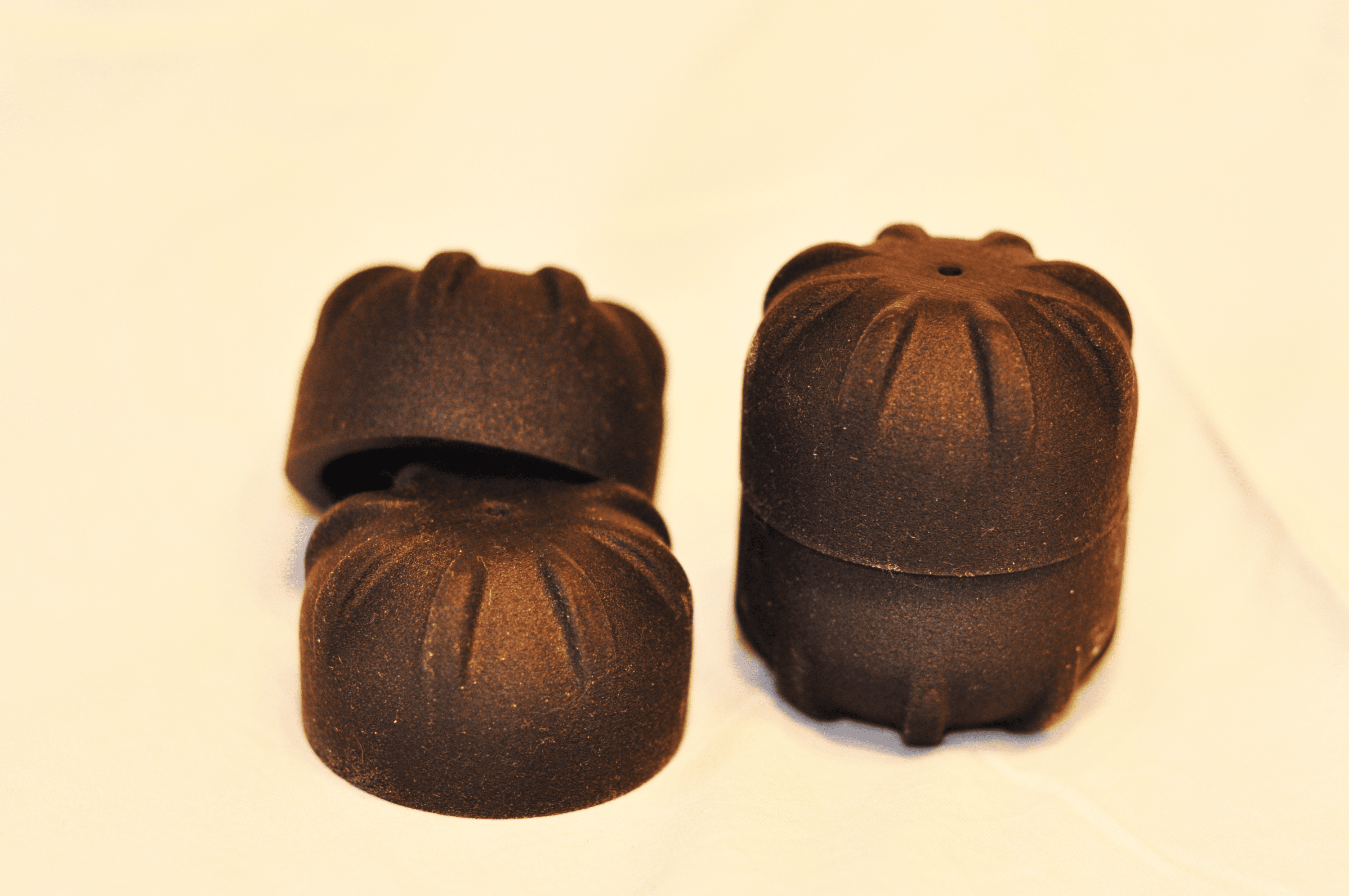
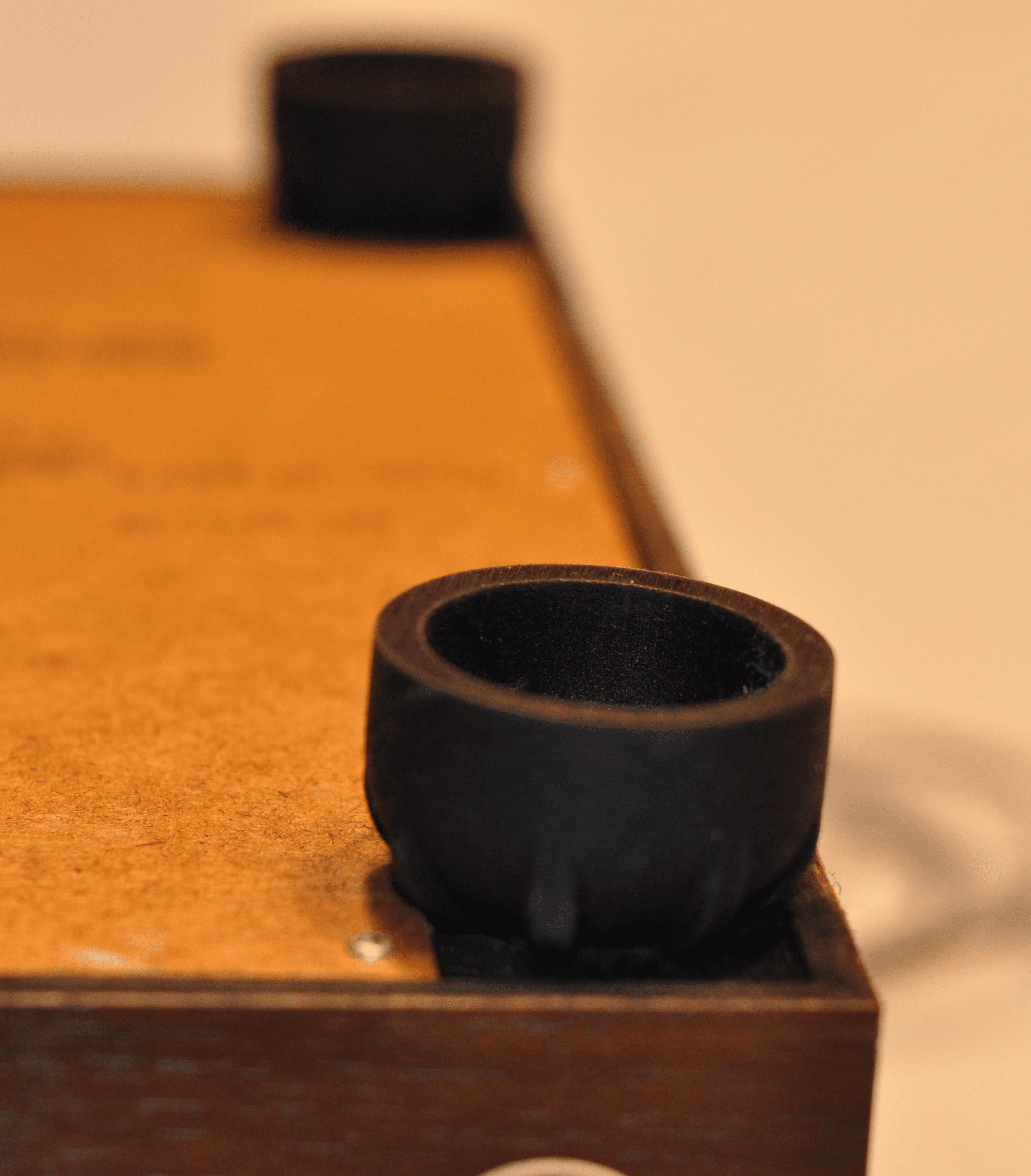

When you have access to SOLIDWORKS, Simulation, and Stratsys Printers no old turntable should be retired. Let us know what you design with the SOLIDWORKS and the Statasys line of products.

 Blog
Blog